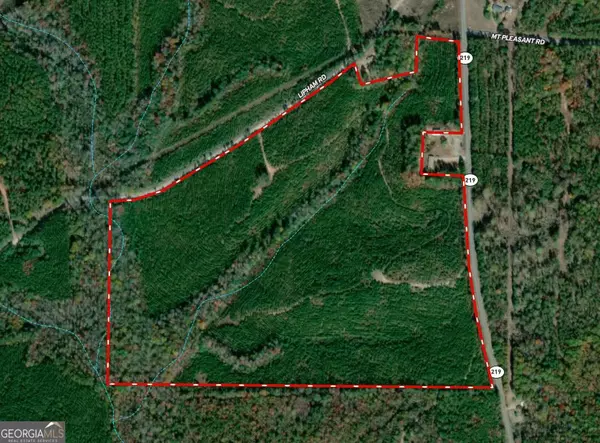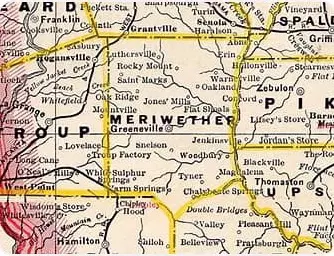The Importance of Land-to-Building Ratio in Real Estate

The Importance of Land-to-Building Ratio in Real Estate
Land-to-building ratio, often referred to as the land coverage ratio, is a fundamental concept in the world of real estate and land brokerage. It represents the proportion of land area dedicated to buildings or structures compared to the total land area. This ratio holds significant importance for various stakeholders, including developers, investors, and landowners, as it directly impacts property use, zoning regulations, and property values.
Key Factors Influencing Land-to-Building Ratio:
Zoning Regulations: Local zoning laws and regulations typically specify the maximum allowable land-to-building ratio for different types of properties. These regulations help maintain the character and functionality of a particular area.
Property Type: The type of property being developed greatly affects the land-to-building ratio. For instance, residential properties may have a lower ratio compared to commercial or industrial properties.
Space Requirements: The intended use of the property plays a crucial role. Retail spaces or commercial offices often require more building area compared to residential properties.
Implications of Land-to-Building Ratio:
Affects Property Value: The ratio can significantly influence property values. A higher land-to-building ratio may reduce the value of a property, while a lower ratio can increase its value.
Environmental Impact: Lower ratios can allow for more green space, which can be beneficial for environmental sustainability and community well-being.
Aesthetics and Livability: The ratio can impact the aesthetics of a neighborhood and its overall livability. Communities often aim for a balance between open space and development to create attractive environments.
Calculating the Ratio:
To calculate the land-to-building ratio, you simply divide the total land area by the total building area. The result is typically expressed as a decimal or a percentage. This calculation provides a clear understanding of how much of the land is covered by structures.
Conclusion:
In the realm of land brokerage and real estate, understanding the land-to-building ratio is vital. It guides decisions related to property development, zoning compliance, and property valuation. As a land broker, being well-versed in this concept enables you to better serve your clients and make informed recommendations.
Feel free to reach out to one of our land specialists at Bowers and Burns Real Estate Co., if you have any specific questions or need more detailed information on this topic. We're here to assist you with any other inquiries as well.
Categories
Recent Posts










